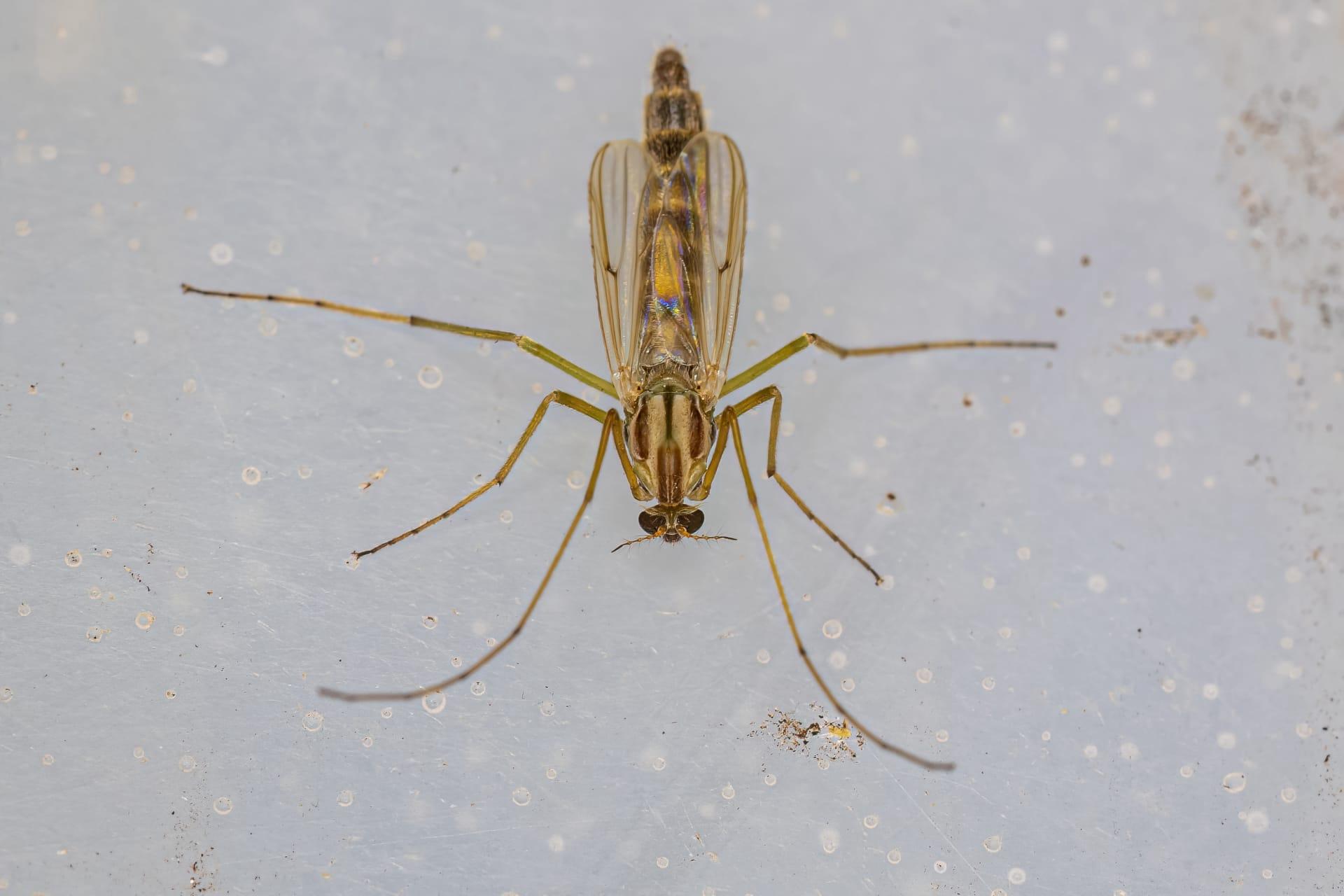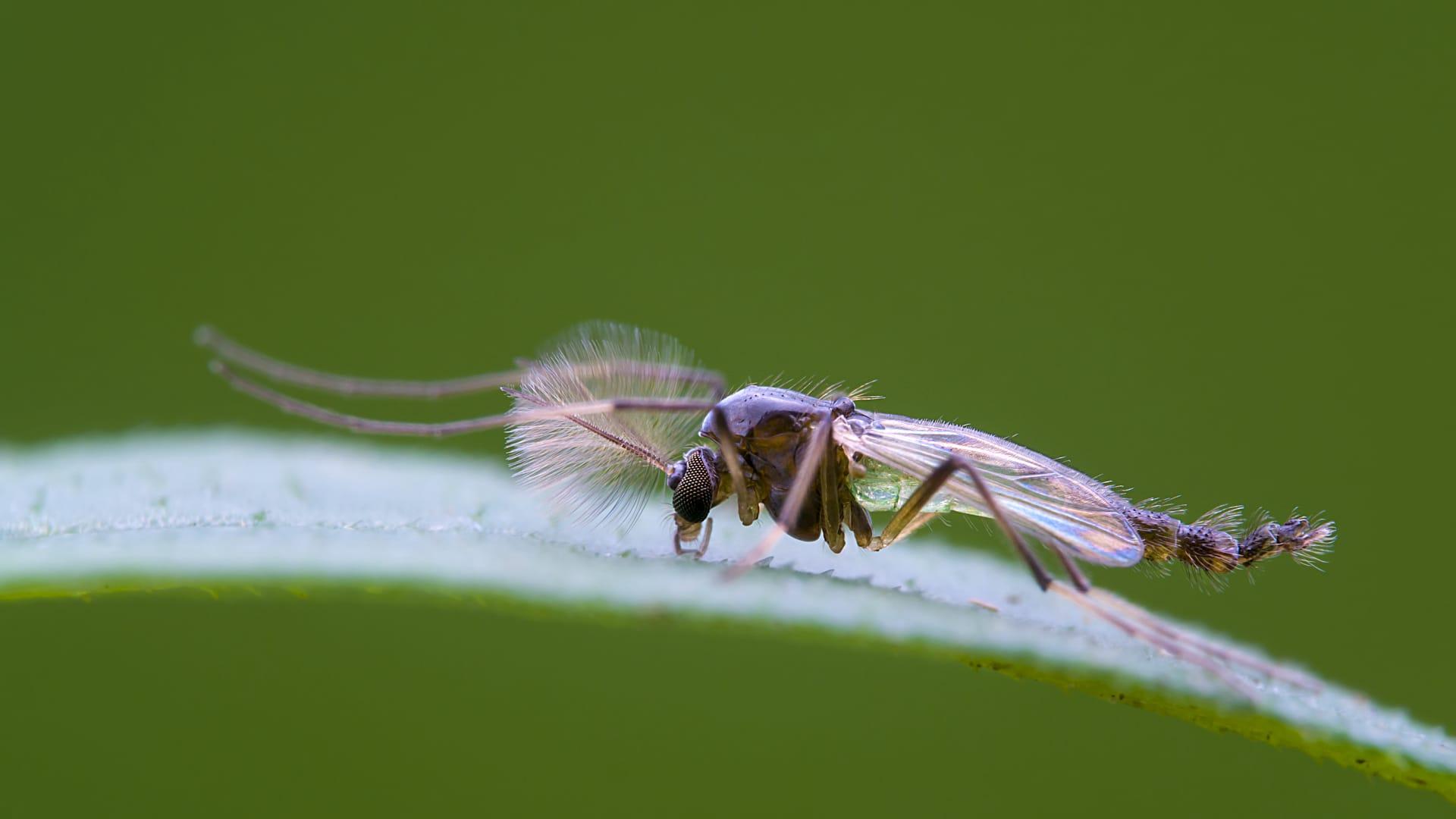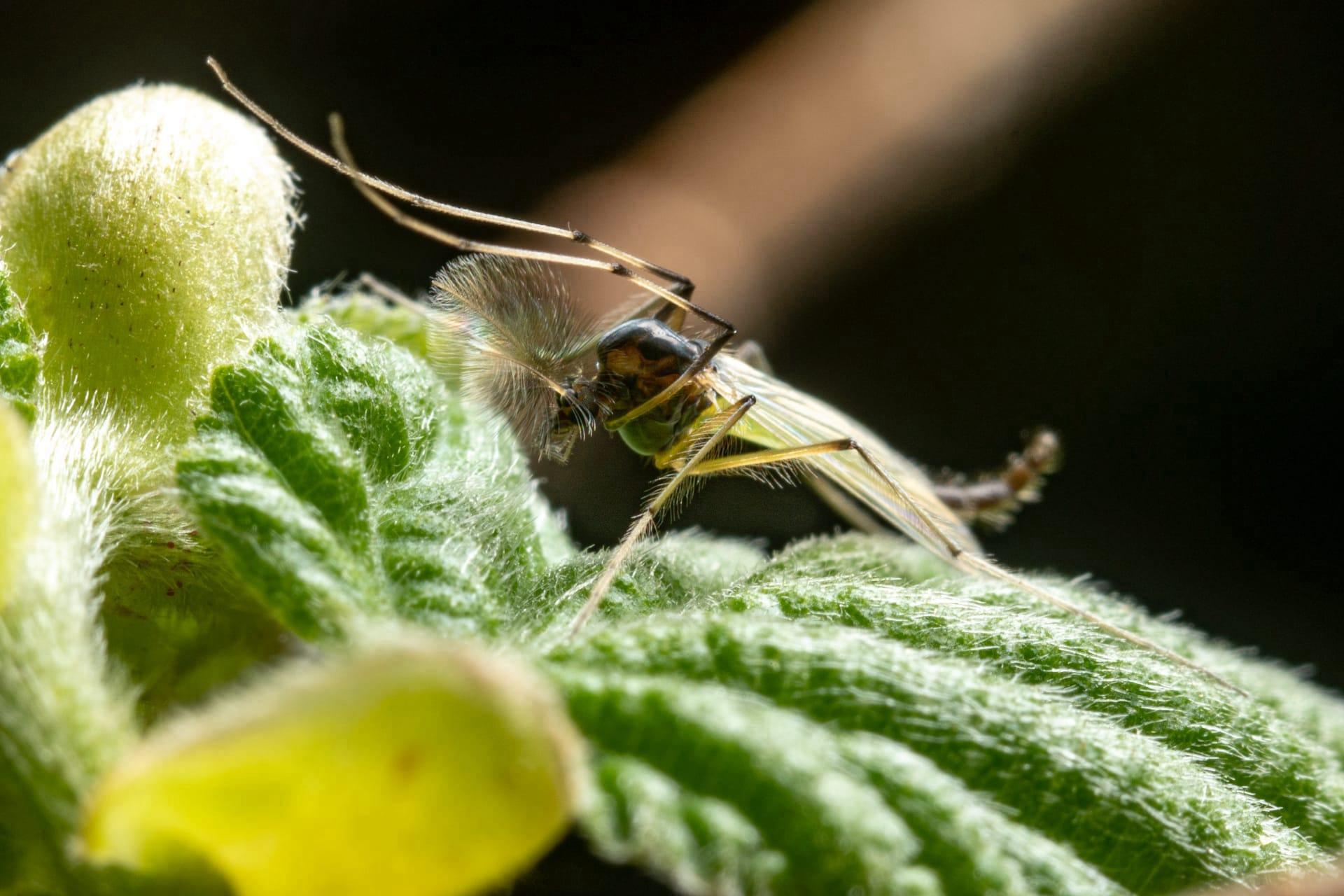Midge Fly Characteristics
- Home /
- Mini Encyclopedia /
- Animal /
- Midge Fly Characteristics
1
Midge flies, tiny yet fascinating, are remarkable creatures often unnoticed in our daily lives. These flies, typically measuring just 1-4 millimeters in length, display a variety of colors from dull brown to shiny metallic hues. Their lifespan, intriguingly, varies significantly depending on species and environmental conditions, ranging from a few weeks to several months. What's captivating about these diminutive insects is not just their size but also their resilience in various climates, from tropical heat to icy polar regions.
One of the most distinctive organs of a midge fly is its antennae, which are particularly prominent in male midges. These feathery antennae, often larger than their bodies, play a crucial role in their world. They act as highly sensitive receptors, allowing the flies to detect pheromones released by females from great distances. This feature is crucial for mating, as it aids males in locating potential mates in vast areas. The intricacy of these antennae, with numerous tiny segments, makes them a marvel of nature's design, demonstrating the flies' specialized adaptation for survival and reproduction.

2
Question: Why do midge flies often form large swarms, especially near bodies of water?
Answer: Midge flies are notorious for their swarming behavior, which is most commonly observed near water sources like lakes, rivers, and ponds. This swarming is not just a random gathering but a complex mating ritual. Male midges initiate the swarm, flying in a coordinated pattern to attract females. When a female enters the swarm, she chooses a mate, and the pair then departs to complete the mating process. This behavior is a remarkable example of their reproductive strategy, ensuring that mating occurs efficiently. The proximity to water is crucial as it provides an ideal habitat for laying eggs, ensuring the next generation's survival. Swarming also serves as a defense mechanism against predators, as the sheer number of flies in a swarm can be overwhelming for potential threats.

3
Midge flies, despite their small size, exhibit fascinating locomotive characteristics. They are equipped with two wings that beat rapidly, allowing them to hover and dart with surprising agility. This agility is essential for avoiding predators and navigating through their environment, especially when forming swarms. The flight of a midge fly is not just a means of travel but a complex dance, particularly during mating rituals where precision and endurance are key.
In terms of feeding, midge flies show a varied diet depending on their species. Some are predators, feeding on smaller insects, while others are detritivores, consuming decaying plant and animal matter. This diversity in dietary habits highlights their adaptability and role in the ecosystem as both predators and decomposers. Their feeding habits, combined with their ability to thrive in various environments, make them an integral part of the food chain, supporting larger ecosystems.

4
The habitat of midge flies is as diverse as their species. They are found in almost every terrestrial and aquatic habitat, from deserts to rainforests, from mountain streams to urban ponds. Their ability to adapt to a wide range of environmental conditions is one of their most impressive traits. Some species have even adapted to extremely saline or alkaline environments, showcasing their remarkable resilience and evolutionary adaptability.
Reproduction in midge flies is a critical aspect of their life cycle. Females lay their eggs in or near water sources, which then hatch into larvae. These larvae, often known as "bloodworms" due to their red color in some species, play a vital role in the aquatic food chain. The larval stage can last from a few weeks to several months, depending on environmental conditions. After completing the larval stage, they undergo a transformation into pupae, and eventually emerge as adult flies. This life cycle, with its distinct stages, allows for efficient adaptation and survival in their respective ecosystems.

5
Book: "The Secret Life of Midges" by Dr. Elizabeth Harmon, published in the United States in 2019. This book offers an in-depth exploration of the fascinating world of midge flies. Dr. Harmon, an entomologist with a passion for these tiny insects, delves into their biology, behavior, and role in the ecosystem. She presents complex scientific concepts in an accessible manner, making it an enlightening read for both casual nature enthusiasts and professional biologists. The book is particularly commendable for its detailed description of midge fly larvae and their importance in aquatic habitats.
Book: "Midges: Masters of Survival" by Dr. Alan Fletcher, published in the United Kingdom in 2017. This book provides a comprehensive overview of the adaptability and survival strategies of midge flies in various environments. Dr. Fletcher, with his extensive research in insect ecology, brings to light the extraordinary capabilities of these small creatures. The book covers various species of midge flies, their reproductive habits, and their impact on human activities. It is an informative resource that highlights the often-overlooked significance of midge flies in our world.